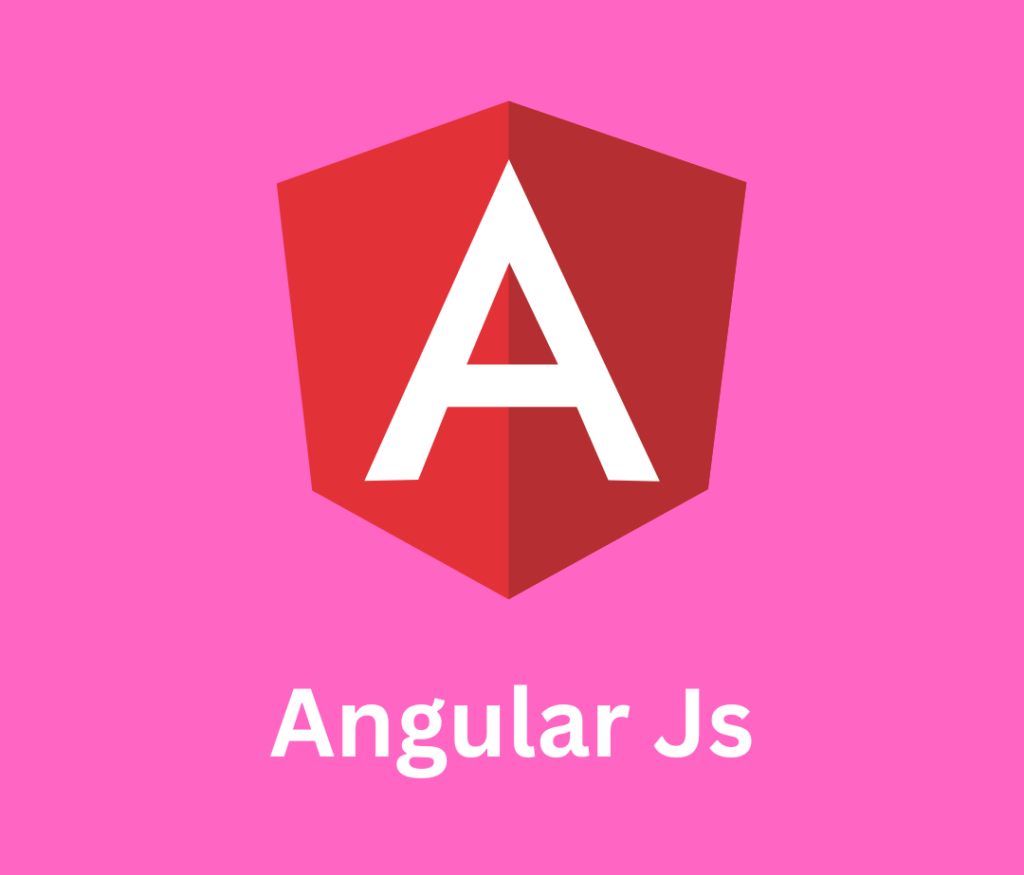Introduction to Angular Js

what is AngularJs?
AngularJS is a structural framework for web development of dynamic web applications. It permits developers to use HTML as a template language and enlarge HTML’s syntax to express application components clearly and succinctly. this means you can write your software logic in JavaScript however use HTML to outline the view. This tutorial will provide an Introduction to Angular Js, including its key features, working, advantages, and disadvantages.
Key features
Model-View-Controller (MVC) architecture: AngularJS promotes an easy separation of issues by dividing the utility into three interconnected Components: model (records), View (UI), and Controller (logic).
Data Binding: AngularJS robotically synchronizes records among the model and the view. Any modifications made to the model are reflected within the view, and vice versa.
Dependency Injection: AngularJS handles object creation and dependency control, making code greater testable and maintainable.
Directives: custom HTML attributes or elements that expand HTML’s vocabulary.
Templating: Creates dynamic views using HTML templates.
Routing: Manages navigation between specific views within a single-page application (SPA).
RESTful API support: effortlessly interacts with RESTful APIs.
How it Works
HTML structure: outline the shape of your software and the usage of HTML, inclusive of AngularJS directives.
JavaScript logic: Write JavaScript code to handle application logic, create controllers, and define models.
Data Binding: AngularJS automatically synchronizes facts between the model and the view.
Dependency Injection: AngularJS manages dependencies and injects them into additives.
Directives: extend HTML’s abilities with custom elements and attributes.
Routing: Deals with navigation among different views.
Advantages
Increased development speed: statistics binding and dependency injection extensively reduce development time.
improved Code Testability: The MVC architecture and dependency injection make testing easier.
enhanced user Experience: SPAs offer clean and responsive consumer enjoyment.
large and active Community: strong help and resources to be had.
Cross-browser Compatibility: AngularJS handles move-browser issues.
Disadvantages
Steeper learning Curve: As compared to different frameworks, AngularJS will have a steeper mastering curve.
performance Overhead: Can introduce overall performance overhead for complicated programs.
Digestive Complexity: AngularJS’s digest cycle may be complicated to understand.
Summary
It is a powerful framework for creating modern dynamic web applications. It simplifies development via capabilities like data binding, dependency injection, and directives. while it has some gaining knowledge of demanding situations and ability overall performance issues, its advantages in terms of development speed, testability, and user experience make it a famous choice for many developers.
Notice: While AngularJS remains used in many existing projects, its successor, Angular (additionally referred to as Angular 2+), has become the preferred choice for new projects. It gives advanced performance, modularity, and an element-primarily based architecture.
Thanks for reading this article (Introduction to Angular Js) by Sparkify Solutions.
I’m extremely impressed together with your writing abilities and also with the format to your weblog. Is that this a paid topic or did you customize it yourself? Anyway stay up the excellent quality writing, it is uncommon to look a nice blog like this one these days.